Power take-off (PTO) clutches provide a mechanical disconnect between the power created by gas and diesel engines or electric motors to another piece of equipment. The PTO clutches enable the transmission of that energy to auxiliary equipment that does not generate its own power.
Within the industrial sector, there are three types of actuation, hydraulic, pneumatic, and mechanical for PTO clutches. Mechanical and hydraulic types are the most frequently utilized method across a wide range of industries and applications, including:
- Agricultural Equipment
- Compressors
- Concrete Machinery
- Crushers
- Dredges
- Drilling Machine
- Generator Sets
- Grinders
- Mixers
- Pumps (Centrifugal, Fire, Volumetric)
- Pump Installation Sets
- Recycling Equipment
- Road Milling Machines
- Wood Chippers
Types of Industrial Power Take-off Clutches
Listed are three types of common PTO clutches used in most industrial equipment applications. There are several more standard and special varieties available but these are the styles generally utilized in service.
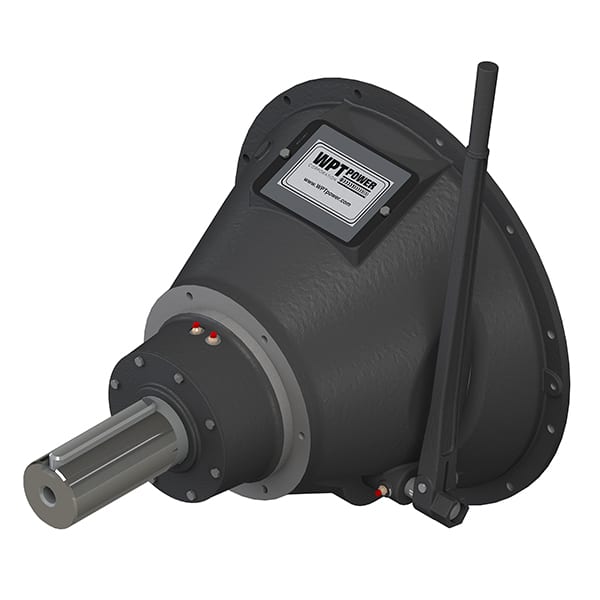
- Pilotless® Mechanical PTO clutch assemblies are often seen used in applications that require in-line or side loading. These PTO clutches have no direct loading to the engine crankshaft reducing wear on main bearings. It is also available in an Over-the-Shaft model with air or hydraulic actuation.
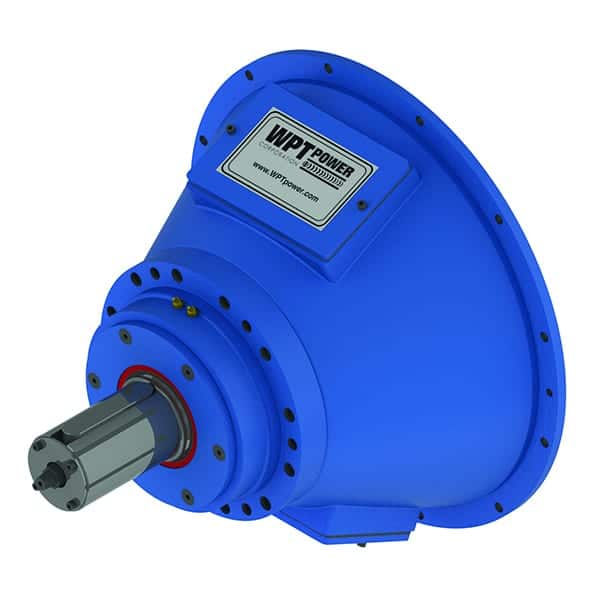
- Type 2 PTO clutches offer a high sideload capacity in a small footprint. They offer a range of benefits for heavy-duty operations. Characteristics include a self-adjusting clutch, remote engagement, and air or hydraulic actuation.
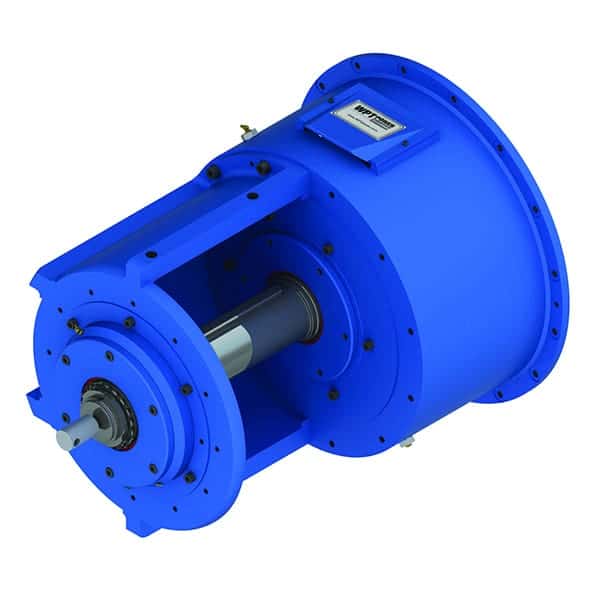
- Type 1 PTO clutches are ideal for heavy operation because their roller bearings are large and have a sheave mounted between them. This makes it easier to realize the maximum potential of the equipment. They are mechanically, hydraulically or pneumatically actuated. Type 1 PTO clutches feature side-load capacities up to 4 times greater than Type 2 PTOs.
Learn more about the differences and benefits of Type 1 and Type 2 PTO clutches today.
Common Operational PTO Clutch Problems and Solutions
There is a range of common problems that operations personnel may experience with PTO clutches. Fortunately, many are easy to identify and solve. Here are some common issues you may come across and how to resolve them:
- The PTO clutch will not engage or disengage
In most cases, this is due to excessive clutch slipping and overheating. It’s a relatively simple issue to remedy but may involve purchasing replacement components if not addressed. You’ll need to disassemble and inspect the clutch to see what’s wrong and replace parts as needed. To prevent this from happening, never slip the clutch for more than 3 seconds without allowing clutch to fully cool and check and adjust engagement torque frequently.
- The PTO clutch will not remain engaged
This issue can often be traced back to improper adjustments. The geared friction discs wear over time. To compensate for this wear, operators should check the engagement torque and adjust as necessary. Frequency of adjustments varies and can be impacted by environment, number of engagements, and type of machine.
- PTO clutch is running hot
PTO clutches generally overheat because of improper lubrication/greasing (both too much and too little can cause problems), excessive sideload, or a new installation. Operators are advised to reduce sideload and inspect grease levels first. If the PTO is new, consider that it will run hot (220° F is not uncommon) for the first 10-20 hours of operation. Take temperature measurements at the bearing carrier using an infrared thermometer.
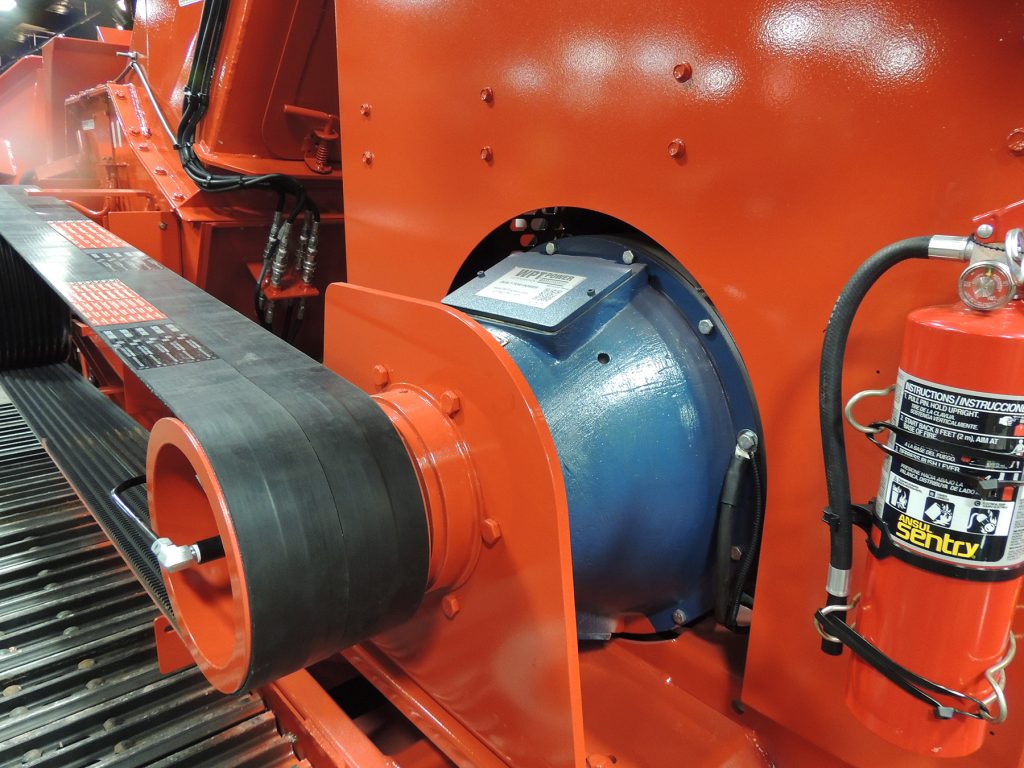
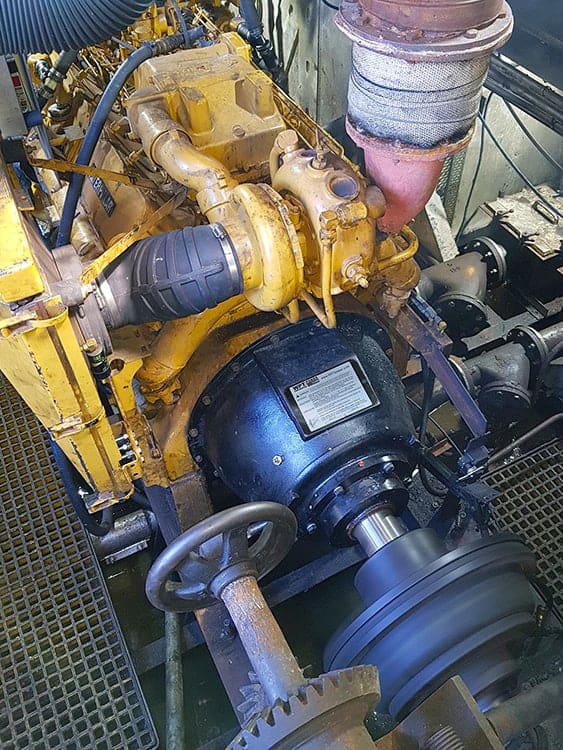
The team at WPT Power will be happy to speak with you about your clutch options and help you come up with customized solutions geared to meet your individual needs. If you’re interested in learning more about how a PTO clutch can benefit your industry or application, contact us today.
